The world of teen life has evolved drastically since the early 2000s. Technology, culture, and social norms have all shifted, creating a very different experience for today’s teenagers compared to those growing up in the 2000s. From the way we communicate to how we consume entertainment, teen life has been shaped by the rise of social media, smartphones, and streaming services. Let’s explore 10 significant ways that teen life has radically changed since the early 2000s, shaping a new generation.
1. Social Media Has Dominated Communication
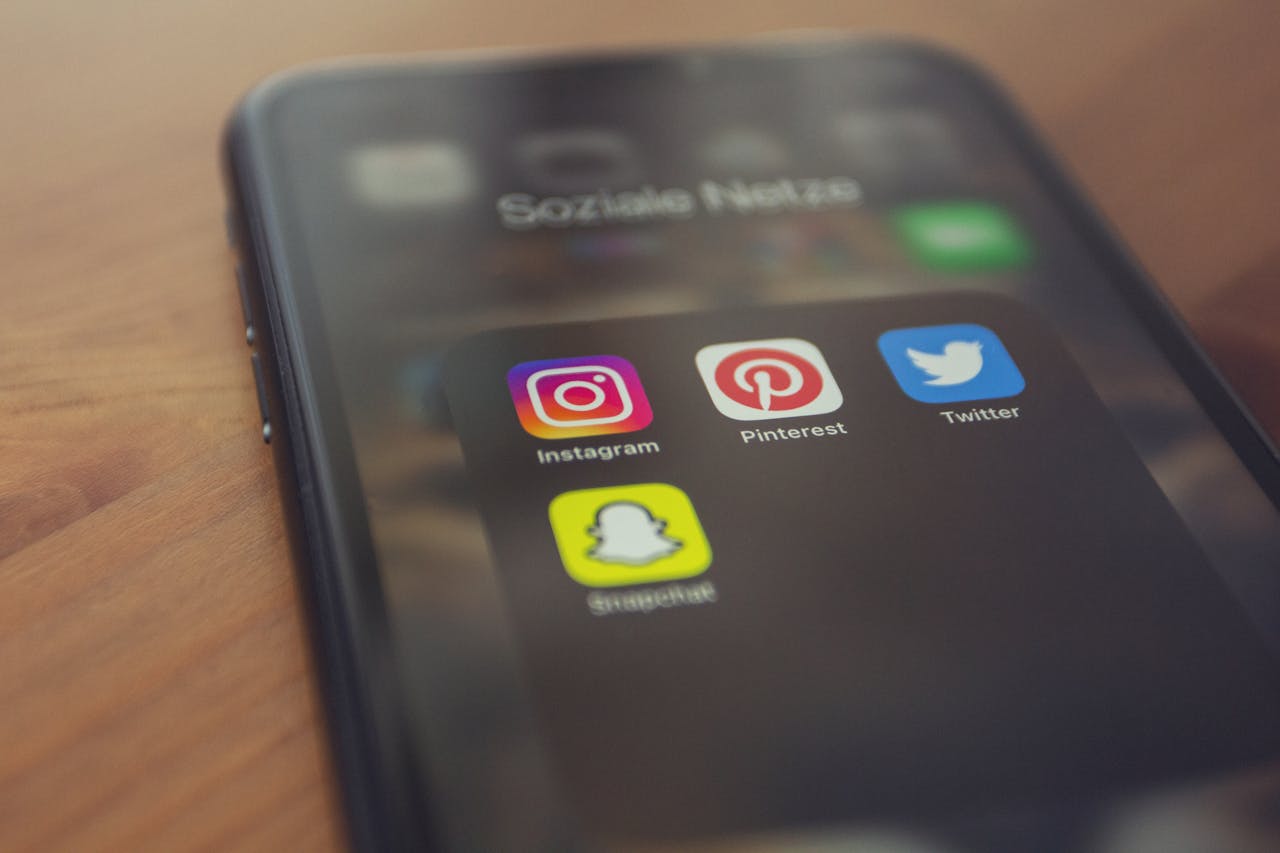
In the 2000s, teens communicated primarily through texting, AIM, or face-to-face conversations. Fast forward to today, and social media platforms like Instagram, Snapchat, and TikTok have become the primary modes of interaction. The rise of influencers, online communities, and the ability to share every moment with a global audience has drastically changed how teens connect, shifting their social lives to digital spaces where likes, shares, and followers often define status.
2. Smartphones Have Replaced Landline Phones
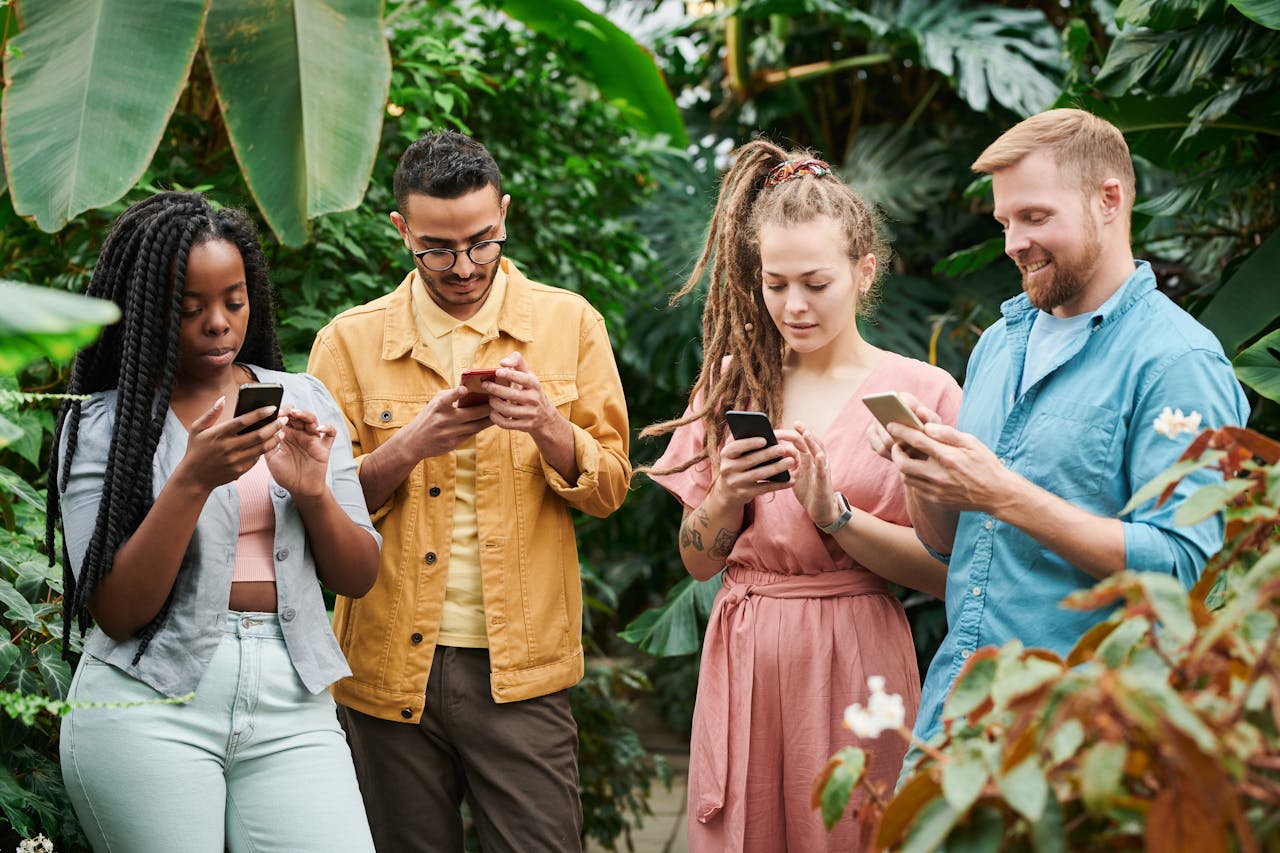
In the early 2000s, teens spent hours chatting on landline phones or using family computers to access the internet. Now, smartphones have replaced virtually every other form of communication. Teens today rely on their phones not only for texting and calling but also for social media, music, photography, schoolwork, and more. The constant connection to the internet has redefined how teens interact with the world, making information and entertainment instantly accessible.
3. Streaming Services Have Replaced Cable TV
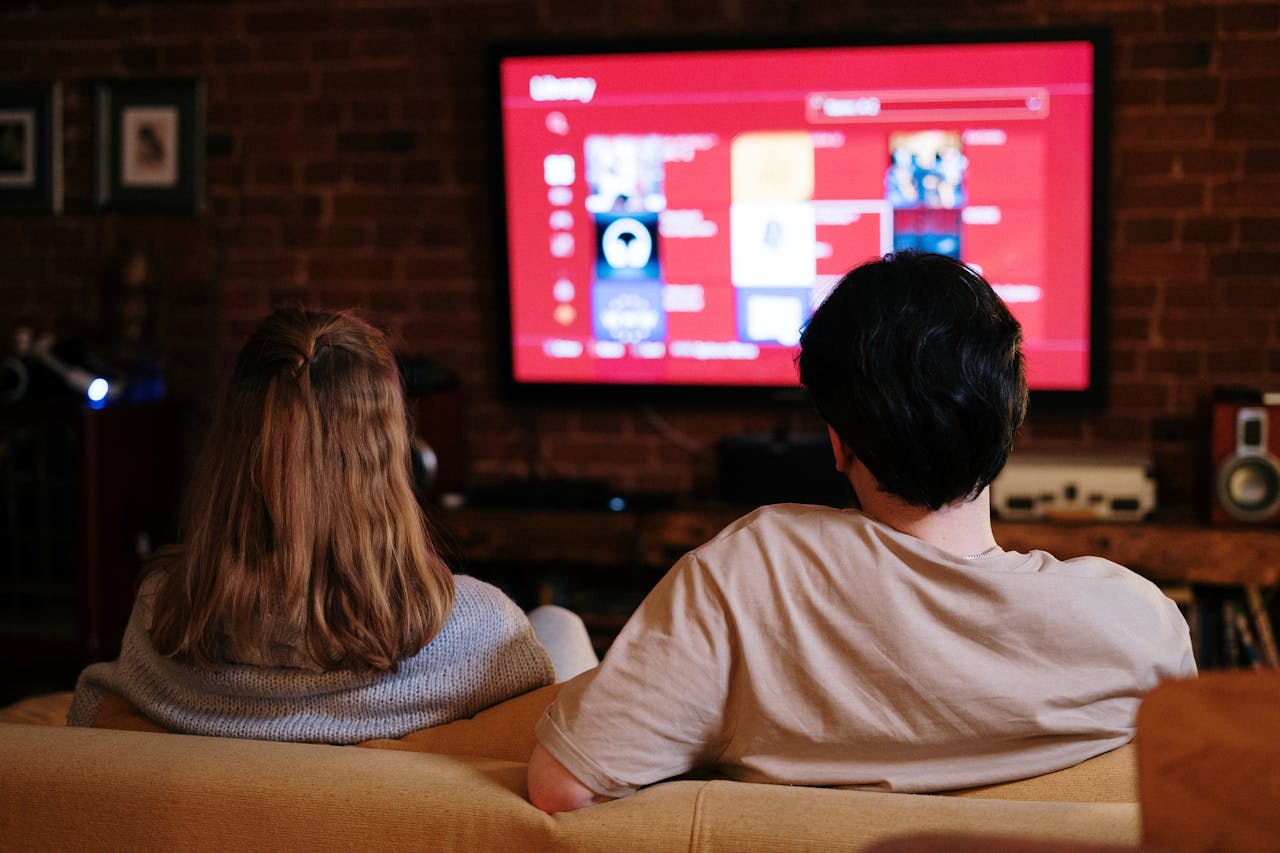
Gone are the days of watching TV shows on cable or waiting for your favorite show to air on a specific night. Streaming services like Netflix, Hulu, and Disney+ have revolutionized how teens consume entertainment. The ability to binge-watch entire seasons of shows or discover new content with a click of a button has transformed TV viewing habits. For teens today, streaming is the preferred way to watch movies, series, and even live events, leaving traditional cable TV behind.
4. Online Shopping Has Replaced Malls

In the 2000s, the mall was the ultimate hangout spot for teens, offering a place to shop, eat, and socialize with friends. However, online shopping has replaced the need for in-person mall visits. Platforms like Amazon, eBay, and various fashion retailers have made it easy for teens to shop from the comfort of their own homes. Social media influencers also play a big role in shaping shopping habits by promoting brands directly to their followers, making online shopping the norm for today’s generation.
5. Digital Photos Have Replaced Film

In the early 2000s, teens used disposable cameras or film rolls to capture memories, leading to the excitement of developing pictures. Today, smartphones and digital cameras allow for unlimited photos at the push of a button. Photos are instantly shared on social media, and photo albums are now more likely to be found on a phone or in the cloud rather than on printed paper. The ease of digital photography has changed how teens document their lives, making the process faster and more immediate.
6. Video Games Have Evolved Into Online Communities
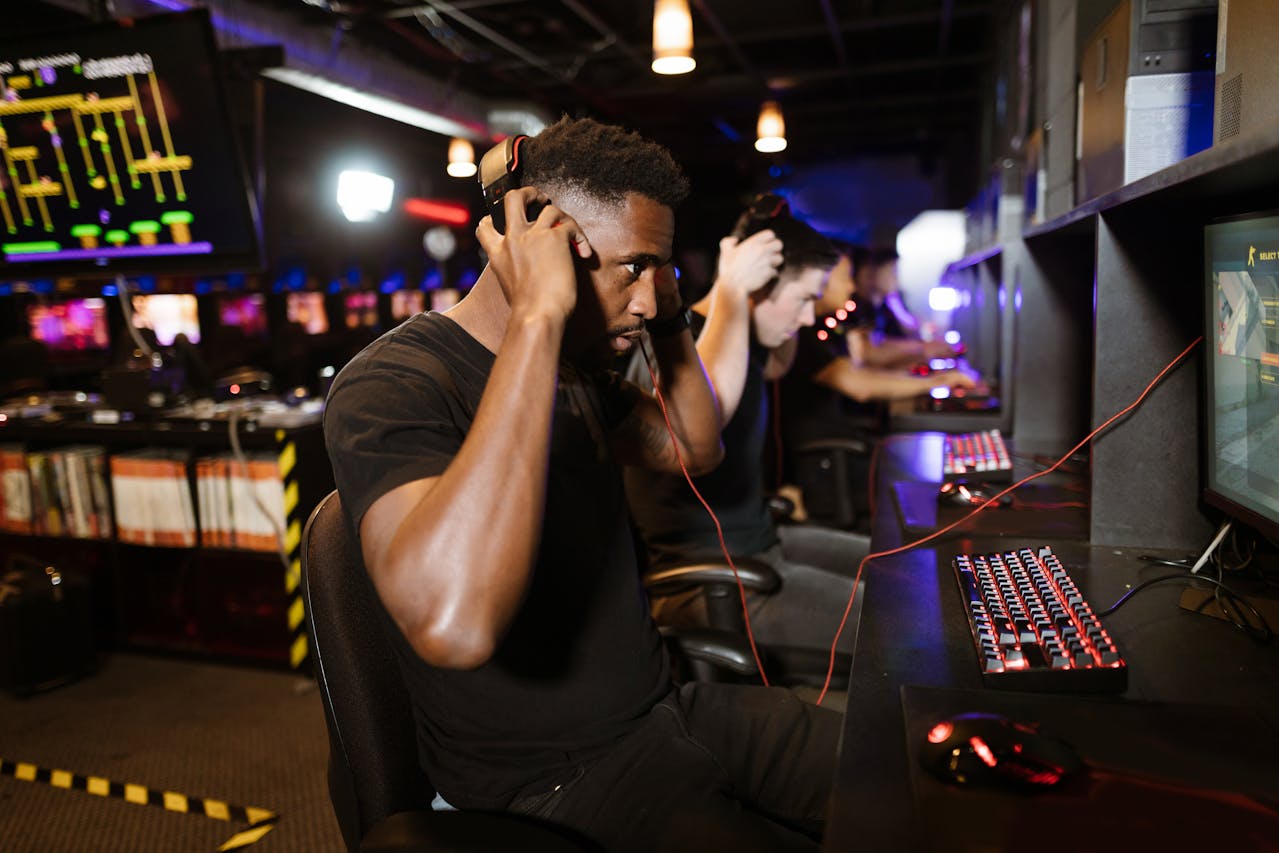
Video games in the 2000s were primarily single-player or local multiplayer experiences, often with limited interaction beyond the game itself. Now, online gaming has become a massive social experience. Platforms like Fortnite, Minecraft, and Roblox allow teens to play with friends across the globe, forming online communities, attending virtual concerts, and even building and selling digital items. Video games have evolved into a social space where connection, creativity, and competition are just as important as gameplay.
7. The Music Industry Has Shifted to Streaming Platforms

In the early 2000s, teens bought CDs or downloaded music via iTunes and shared their playlists on mix CDs. Today, music streaming services like Spotify and Apple Music dominate, offering teens access to millions of songs with no need for physical media or purchasing individual tracks. Playlists have replaced mixtapes, and teens can easily discover new music through algorithms and shared playlists, which has dramatically changed the way music is consumed and enjoyed by this generation.
8. Fashion Trends Are Set by Influencers, Not Celebrities

In the early 2000s, teen fashion was heavily influenced by celebrities and what was seen on TV. While celebrities like Britney Spears and Paris Hilton were style icons, today’s teen fashion trends are shaped by social media influencers, YouTubers, and TikTok stars. Platforms like Instagram and TikTok allow influencers to reach teens directly, showcasing affordable, trendy styles that are often more relatable than traditional celebrity looks. This shift has made teen fashion more diverse and influenced by peers rather than just Hollywood stars.
9. Mental Health Awareness Has Grown Significantly

In the 2000s, mental health was often a taboo topic, especially for teens. There was little open conversation about issues like anxiety, depression, or stress, and seeking help wasn’t always seen as a priority. Today, mental health is a major focus, with social media platforms raising awareness and providing support networks. Schools and communities are increasingly offering mental health resources, and many teens openly discuss their mental health struggles, which has led to greater acceptance and understanding of the importance of mental well-being.
10. The World Is More Globalized Than Ever
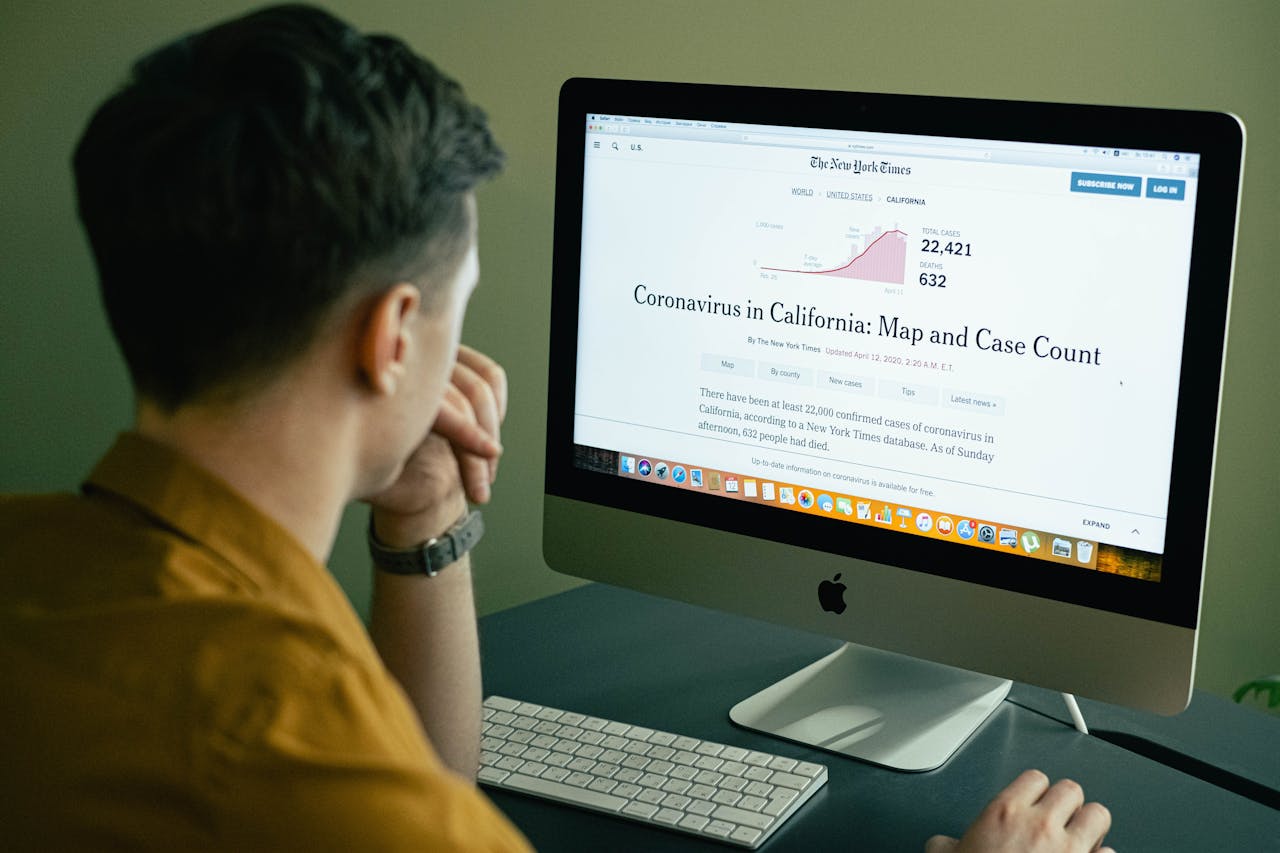
In the 2000s, access to global news, culture, and trends was limited by television programming and print media. Now, teens are exposed to worldwide events, cultures, and trends at an unprecedented speed due to the internet and social media. Teens follow influencers from other countries, participate in global challenges, and share news and ideas with peers across the globe. This interconnectedness has created a generation that is more aware of international issues and diverse cultures than any previous generation.


